Introduction
This second part in our series about the design and construction process on small projects (Part 1 here) is all about design itself. Design is the fun part, both for you and for us. This is the second-best stage of a project: the skies are clear and blue and we're talking about what can be. Everything is exciting at the beginning, and it's our goal for the tough parts of the project to be just as rewarding and exciting as the first conversation. The best part, of course, is when you get to use your new space for the first time, but there's work to do first.
Every project is different, and you're different from everyone else we've worked with. We work hard to tailor what we do -- not just the design, but everything from how we communicate to what kinds of drawings we produce -- precisely to you. But almost all projects follow the same stages as they progress, though the details of those stages might vary tremendously. We've laid out the basic process in this article.
Every project is different, and you're different from everyone else we've worked with. We work hard to tailor what we do -- not just the design, but everything from how we communicate to what kinds of drawings we produce -- precisely to you. But almost all projects follow the same stages as they progress, though the details of those stages might vary tremendously. We've laid out the basic process in this article.
Here's the whole series we've got planned. We're working on these now and will post them as they're complete. You'll probably want to start with Part 1, if you haven't read it already.
Part 2: What's This Design Thing All About? (this article)
Part 4: General Notes (available July-ish)
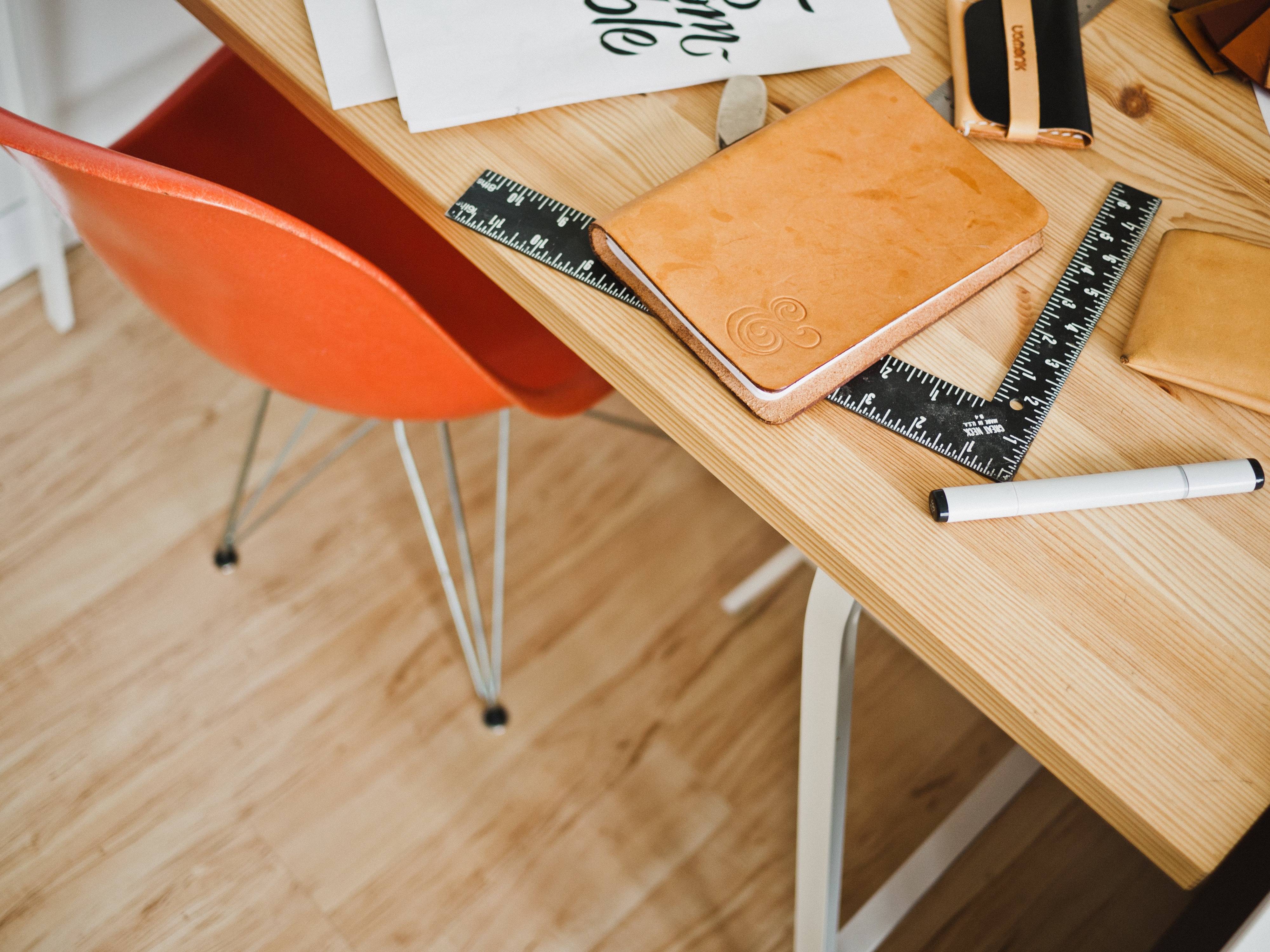
Step 1: Talk it out
We like to start with an initial meeting, preferably in the space (if you're renovating or adding on) or at the site (for new construction). There's no replacement for setting eyes on things, and having the reality of what we're starting with right there is good grounding for getting underway. This is where we'll talk about what's called a "program" -- a list of what you need and how it all goes together so that we're on the same page. The program takes different forms for different projects, ranging from an informal list (on a small, relatively simple project) to a bound, book-like report (for a larger, more complex, or more requirement-intensive project).
Getting the program right is important. This is the first step of problem-solving: clearly and correctly defining what we're trying to accomplish. We'll ask a lot of questions trying to get to the heart of what you're looking for in your project, and don't be surprised if we end up somewhere other than where we started out.
Depending on the project, we'll also do a bunch of measurements and take a bunch of photographs of what's there now. We use a program which lets us easily and quickly build three-dimensional models, so we'll load measurements into that program. Later on, when we get to the part where we're discussing the design, this will let us show you pretty pictures instead of just using hand gestures. But we'll definitely use hand gestures, too -- we're designers.
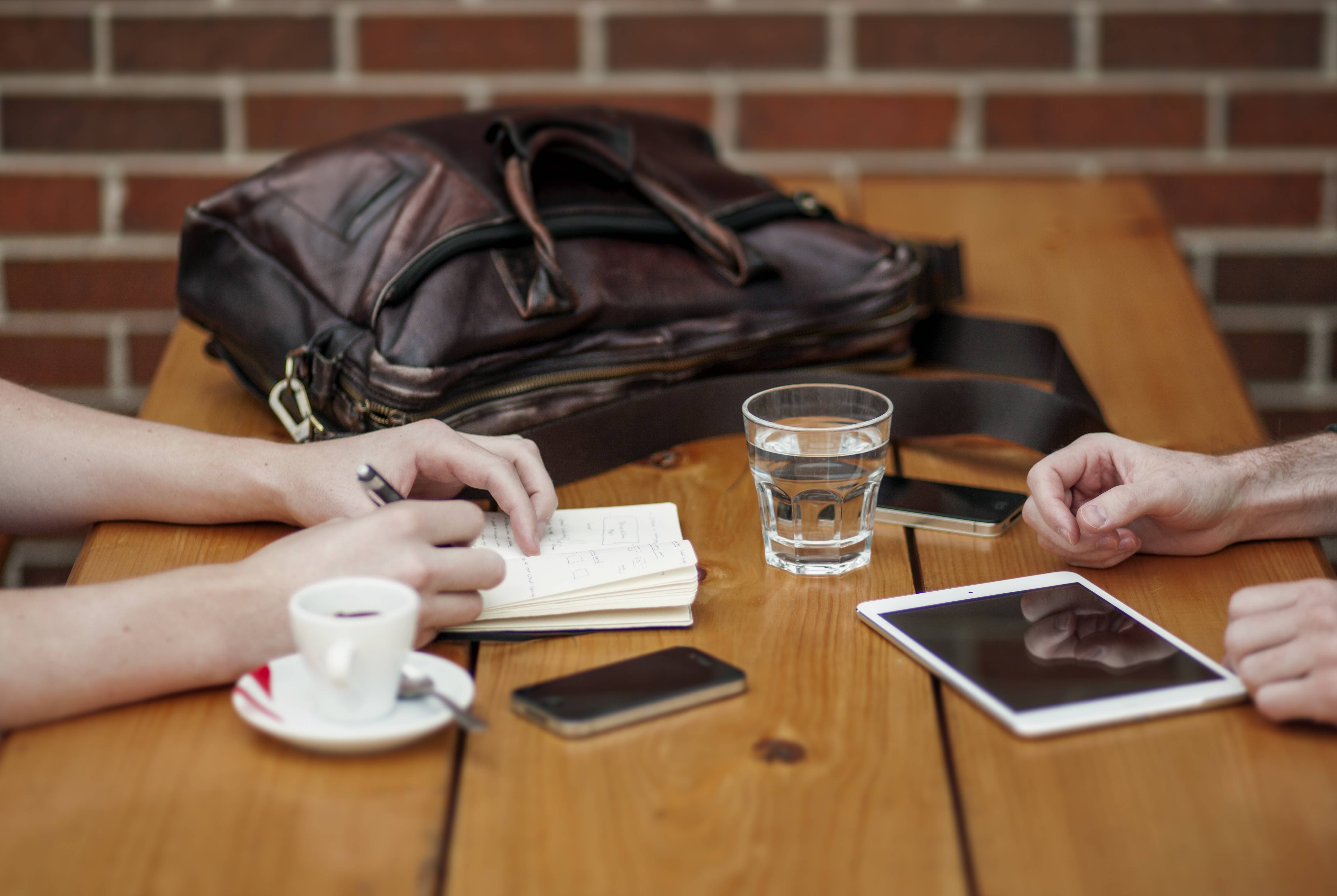
Step 2: Go Away
We're going to disappear for a bit, now. It's not you; it's us. We need to think about a bunch of things: how to translate the program into a project, how to capture some of the qualities of the place that we talked about with you, how to use materials and techniques to fit your budget, how to simplify things that seem complex and how to make dull things interesting. We'll sketch, model stuff in 3D, research things, find inspirational photographs, argue a bit, draw some more, etc.
We understand that different projects have different levels of tolerance for this part of the design process. Some projects have to be done RIGHT NOW. And there's no money to do them. That makes this part very short and to the point. Other projects rely much more on a thoughtful, time-consuming design process for their success. Those projects might spend quite a while here, going back and forth collaboratively between you and us, ideas back and forth, building towards something that nobody expected but everyone loves.
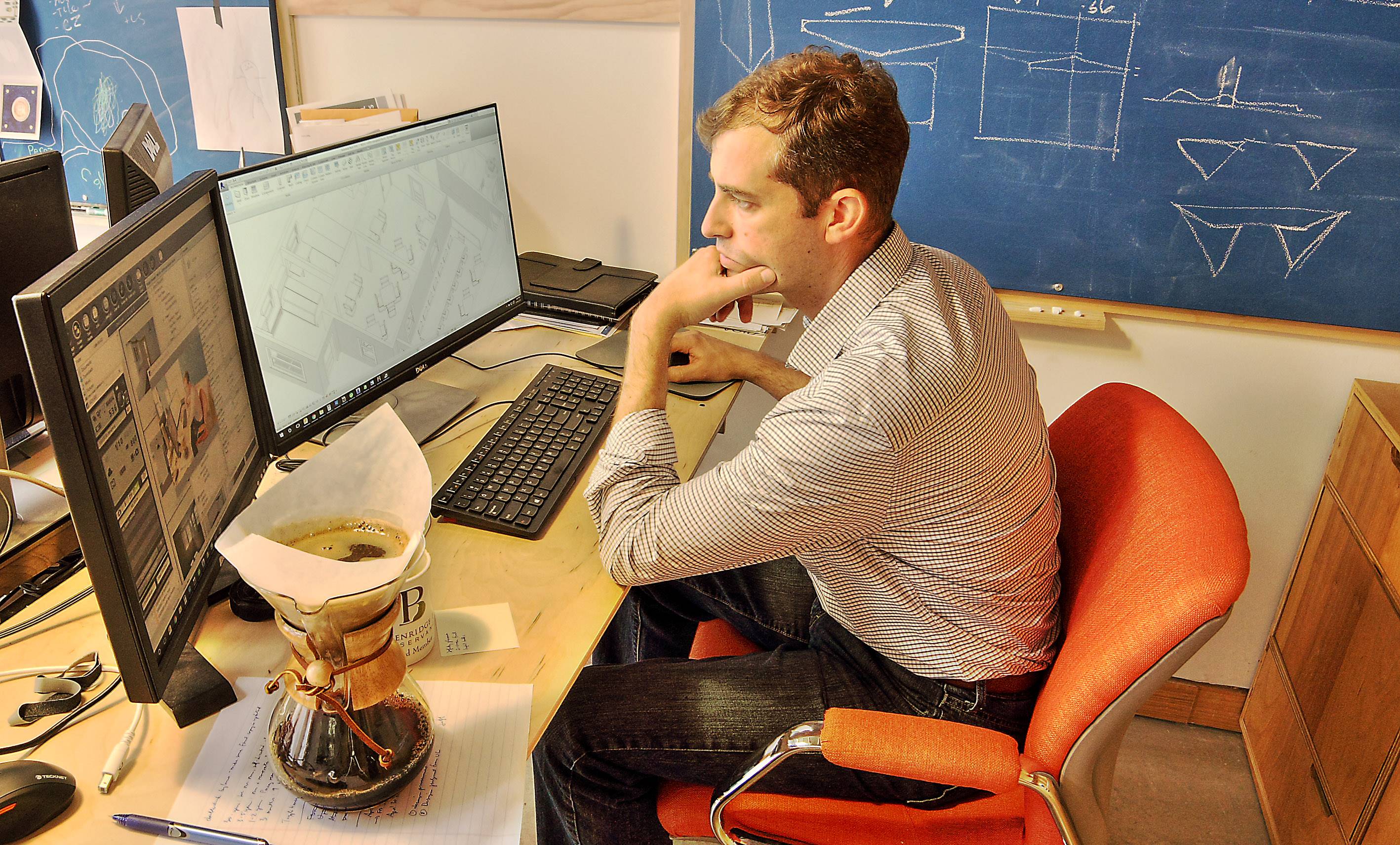
Step 3: Come Back
Working collaboratively is a lot like a dance. It's a matter of timing, empathy, decisiveness, and listening. We work collaboratively in the office, and we prefer to work collaboratively with clients. So after we've had time in step 2 to process things and begin generating ideas, it's time to get back together with you and discuss the progress we've made. We'll probably show you some things -- in most cases a number of different ideas -- and talk about the thoughts you've had since we last met.
The purpose here is to move the design one step forward, whether that step forward involves choosing a direction, choosing NONE of the directions, going back to create some new options, or realizing that the problem we need to solve is not the problem we thought it was. All of those things are forward, believe it or not. The design process is not linear.
Because of that lack of linearity, steps 2 and 3 might iterate a time or two, or three, depending on lots of factors like how project complexity, timeline, and scope. We'll determine that together.
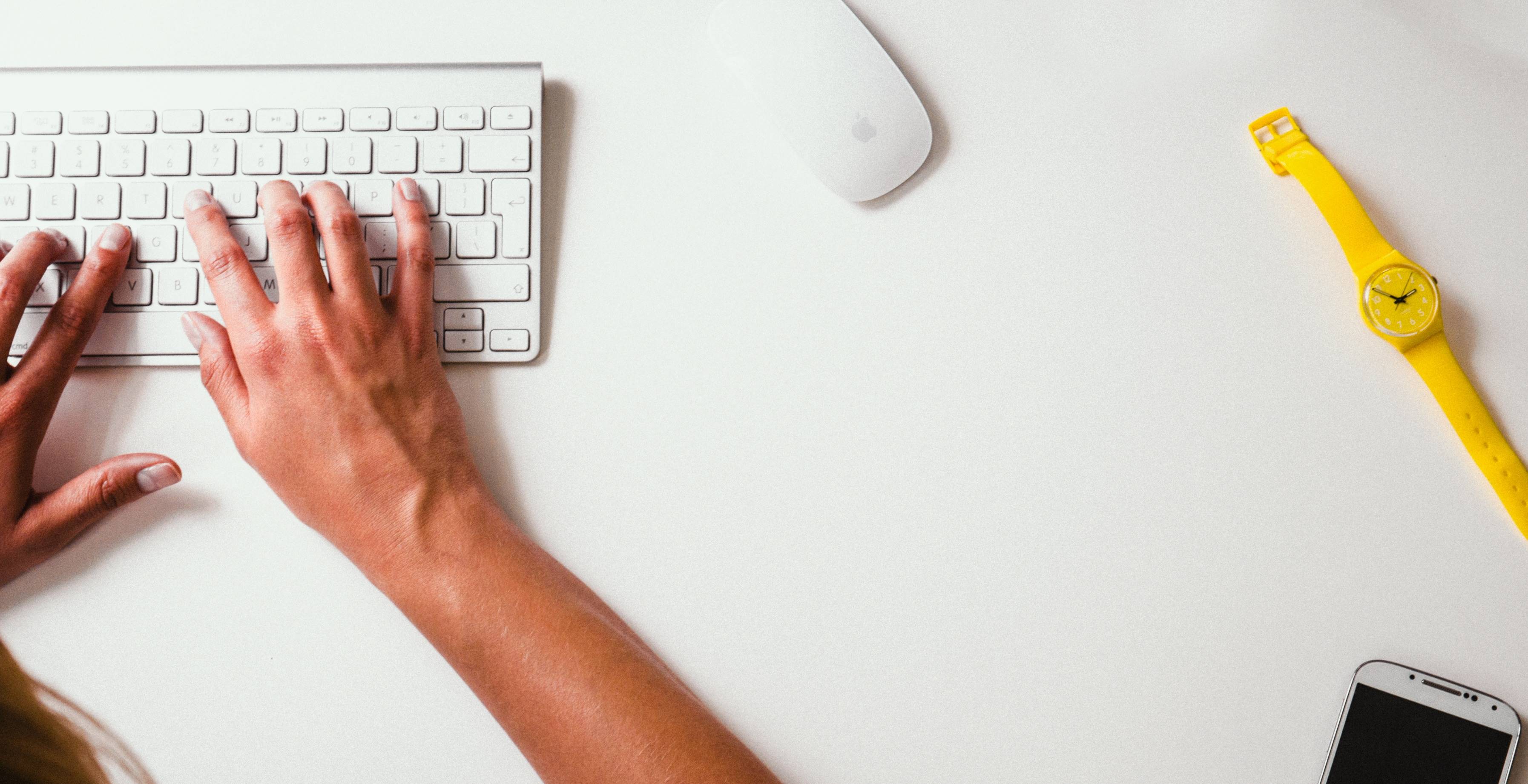
Step 4: Onwards
Once we've made a conceptual design breakthrough and have an idea (or set of ideas) that we all believe in, it's time to develop it. We'll go away again, but this time, to draw it up in more detail, test out various scenarios to ensure that we've covered everything, and just generally progress down the road towards completion. Again, this stage varies according to project details; it might be two days of furious drafting which result in completed construction documents ready to go to permit and bidding, or it might be four weeks of modeling and rendering followed by eight weeks of design development followed by twelve weeks of construction documentation. We will talk through with you what needs to happen at this stage, and why.
Regardless of how we get there, at this point, we know a lot about the project. We don't know everything -- keep an eye out for Part 3 of this series -- but we've established the principles of the design of your project and have documented what's going to happen.
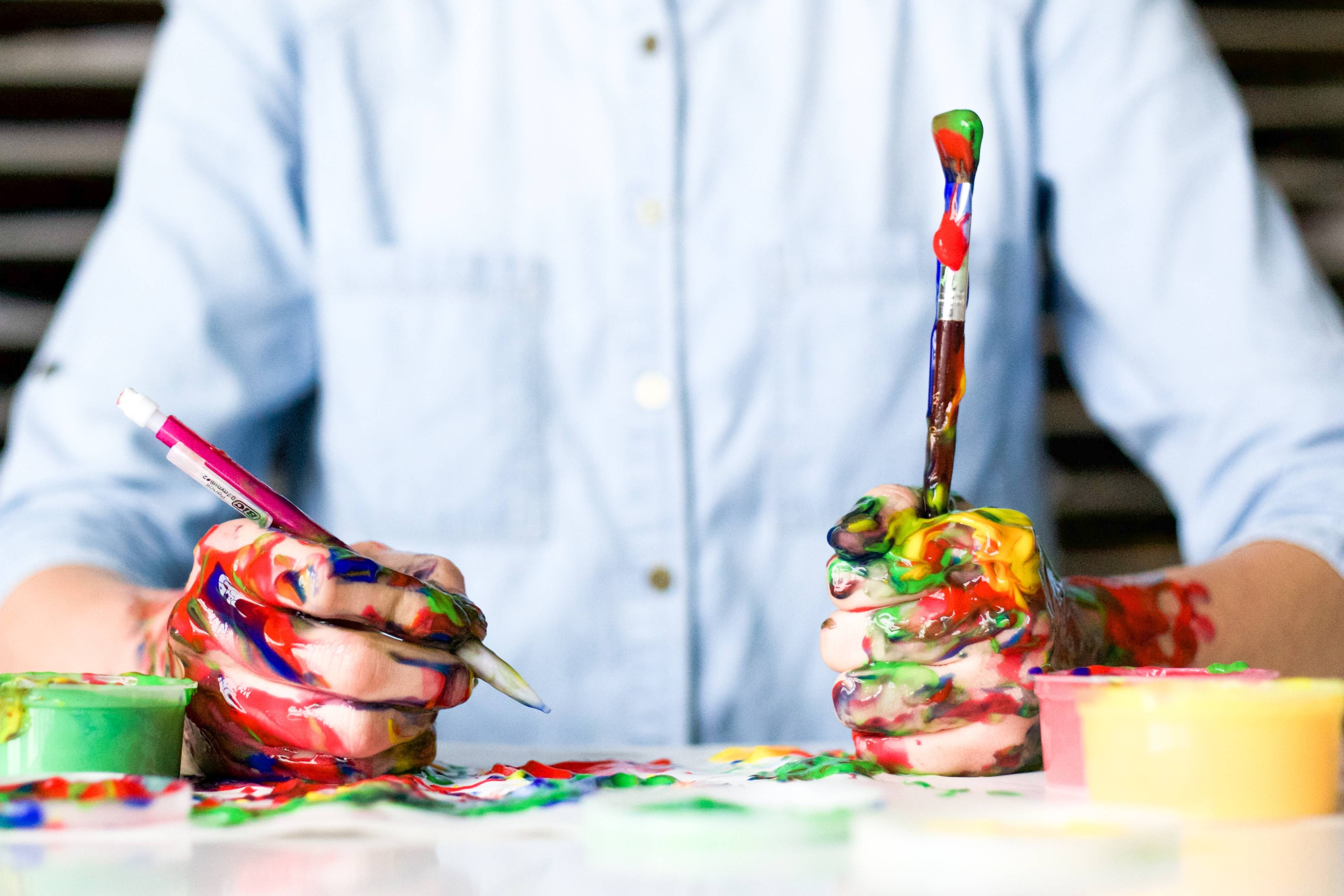
Thoughts
A few things to think about. Remember the different types of services we discussed in Part 1? Here's where that starts to come into play. Like it or not, the time and money you're willing to spend directly impacts what we produce and how we go about producing it. That's why we encourage you at the outset to think realistically about what you're trying to achieve.
Good design takes time -- it's not a matter of finding and mimicking some other image, nor of applying set rules. It comes from thoughtful consideration, reflection, and hard work. You can find less expensive people to hire, to be completely honest, if you aren't interested in the quality of design. There's nothing wrong with that. If you're adding on a bedroom and your primary considerations are doing it quickly and cheaply, a design/build contractor will save money and get it done faster. But if your dream is to have a bedroom that makes you feel peaceful and which catches the light just right in the morning, then a contractor isn't going to be able to get you that -- we will.
Thanks for reading. Keep an eye out for Part 3: things you should know about construction.